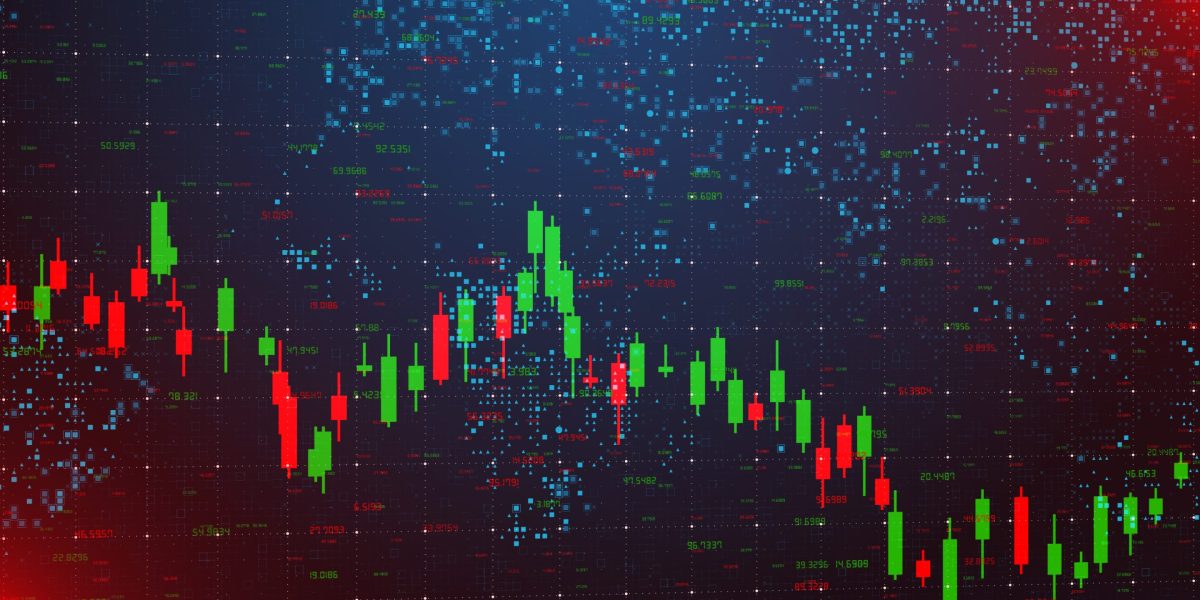The inverted yield curve—a recession indicator with a decades-long track record of accuracy—has evolved beyond serving as a warning of a future downturn and now sways the economy, its creator said.
The inversion takes place when long-term bond yields dip below short-term ones, an abnormality that historically has occurred when investors see more growth risk in the near future and demand a higher premium.
Campbell Harvey, a Duke University professor of finance who originated the idea of the inverted yield curve as a leading indicator, told CNBC on Friday that it has predicted eight out of the last eight recessions going back to the 1960s without any false positives.
It has been flashing for about 20 months, and the continued absence of a recession in that time has raised doubts about its accuracy. But Harvey said the lead time has historically ranged from six to 23 months.
Meanwhile, the inverted yield curve has recently changed to become a “causal mechanism” that can slow economic growth, he added.
“So people see an inverted yield curve, it changes their behavior,” he said. “So as a CEO, when you see an inverted yield curve, you’re just less likely to pull the trigger on a bet-the-farm type of investment.”
The Federal Reserve’s aggressive tightening caused the yield curve to invert and needs to undo the damage by cutting rates aggressively too, Harvey said.
To be sure, Fed rate hikes have helped bring consumer inflation down from 9.1% in mid-2022 to just 2.9% in the latest reading, the lowest annual rate in three years. But in the process, the economy has cooled off.
Given the inverted yield curve’s strong track record and ability to change behavior, it can also be used to help manage risk, meaning companies will be ready if a recession arrives later this year or early next year, Harvey explained.
Otherwise, a recession that takes companies by surprise will force them to suddenly slash their payrolls, worsening a downturn.
“So think of this indicator as actually slowing economic growth but leading to a situation where we can have a downturn without a hard landing,” he added. “So slower growth rather than something like the Global Financial Crisis.”
Recession fears eased over the past week after a weak payroll report initially set off alarms, but concerns continue to linger. For instance, gold prices have set fresh record highs, due in part to worries about the economy.
And “Black Swan” investor Mark Spitznagel, founder and CIO of the private hedge fund Universa Investments, told Fortune that a recession is coming this year as the biggest market bubble in history will soon pop.
“It’s not different this time, and anybody who says it is really isn’t paying attention,” he said, adding “the only difference is the magnitude of this bubble that’s popping is bigger than we’ve ever seen.”
